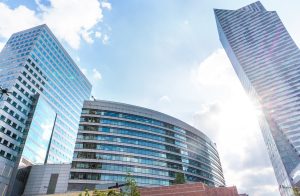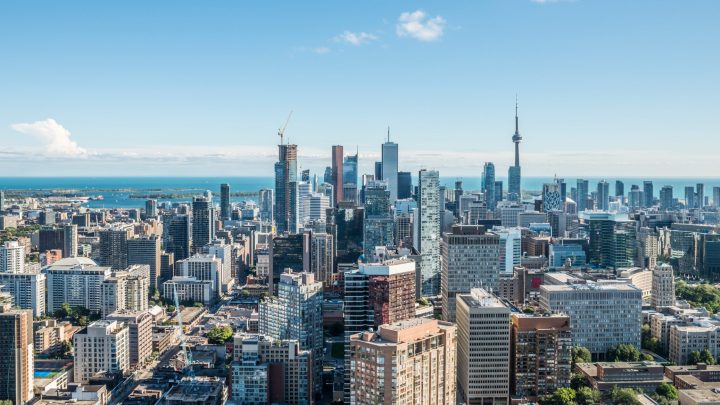
The sheer scale of energy consumption by buildings is pervasive throughout the world. Buildings account for approximately 50% of total energy use and 40% of total greenhouse gas (GHG) emissions globally. In some cities, buildings account for up to 70% of total GHG emissions. In the US, buildings accounts for approximately 76% of electricity use and 40% of all primary energy use and associated GHG emissions.
Generally, most commercial building stock is relatively old, with approximately 50% of buildings today having been constructed before 1980. As a result, these old buildings are expected to have low performing building envelopes with little or no insulation.
High energy consumption of buildings is harmful in more ways than one. It contributes to environmental degradation, economic burdens, and social inequities such as:
Environmental Consequences
- Climate Change: The resulting increase in greenhouse gases from the excessive energy consumption of buildings contributes to global warming, climate instability, and extreme weather events.
- Depletion of Natural Resources: Non-renewable energy sources such as coal, oil, and natural gas continue to be exhausted in order to power, heat, and cool energy inefficient buildings.
- Air and Water Pollution: The combustion of fossil fuels used to heat and cool buildings releases pollutants which contribute to smog, respiratory ailments, and poor air quality. Additionally, inefficient energy systems can lead to improper waste disposal and water contamination.
Economic Consequences
- High Energy Costs: Excessive energy consumption of buildings translates into higher energy bills for homeowners, businesses, and governments.
- Resource Inefficiency: Inefficient buildings require larger investments in heating, cooling, and lighting, diverting resources that could otherwise be better allocated or conserved.
- Reduced Competitiveness: Tenants are increasingly seeking buildings that are energy efficient, have sustainable practices, and can maintain comfortable and healthy indoor conditions.
Social Consequences
- Health and Comfort: Energy inefficient buildings may lack proper insulation, ventilation, and temperature control, leading to discomfort for tenants, and compromised indoor conditions and air quality.
- Energy Poverty: There are individuals and households that struggle to meet their energy needs due to limited resources. This disproportionately affects vulnerable populations, exacerbating social inequalities and limiting access to essential services and opportunities.
Building retrofits are crucial to realizing the energy savings potential of the opaque envelope as nearly 70% of buildings standing today will still be in use as of 2050. In Canada, with approximately 15 million residential and commercial buildings, one building needs to be retrofitted every single minute if the country has any hope of achieving its 2050 net zero target.


